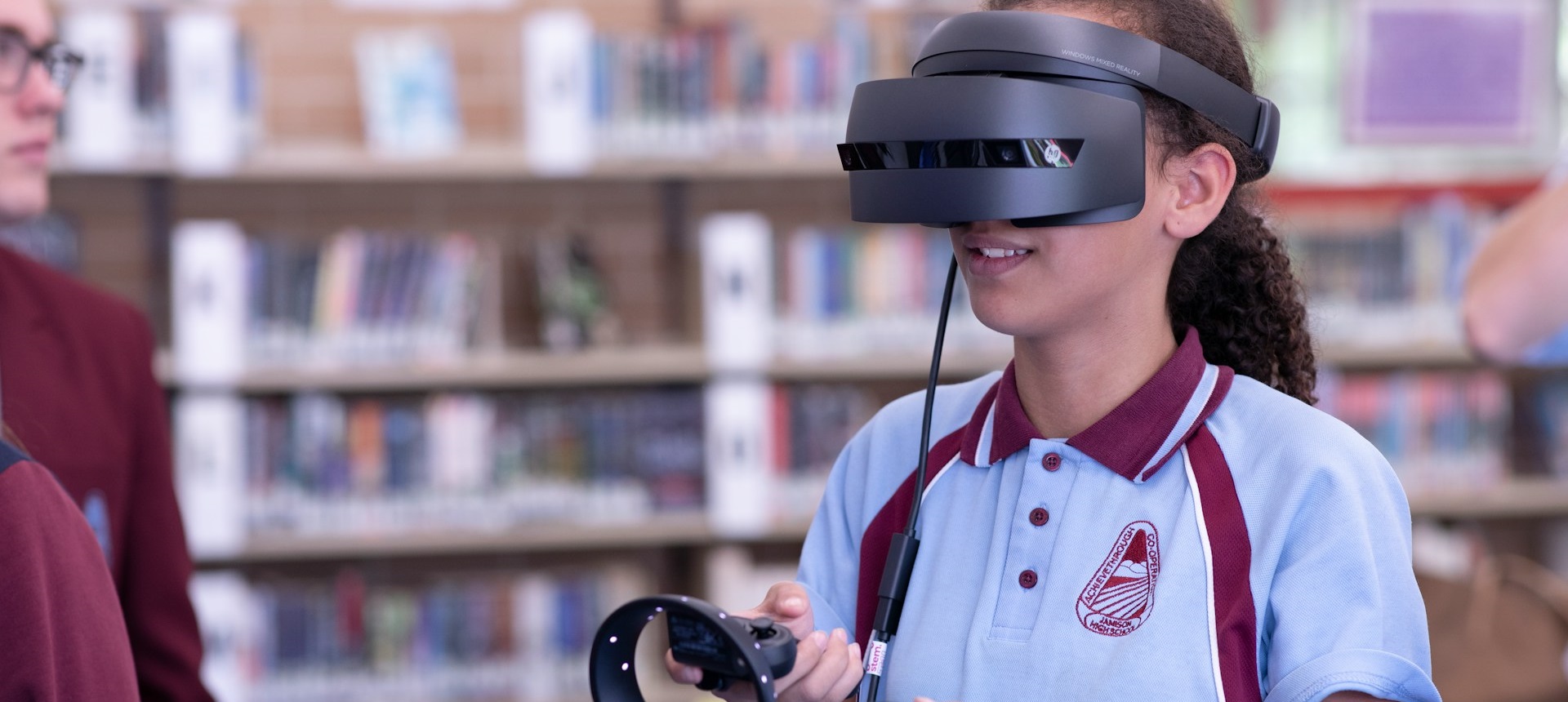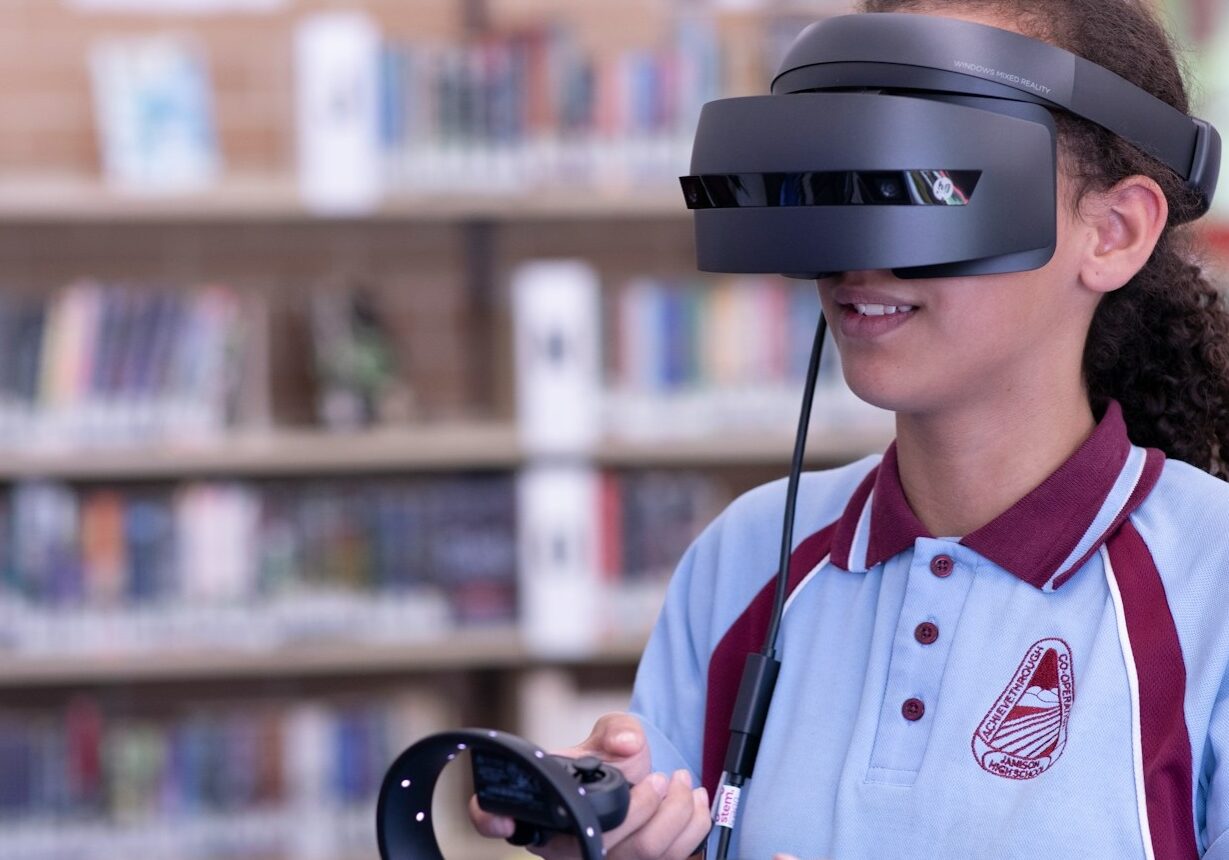1. ‘Remarkable’ advances in procedural audio make experiences more immersive
An academic review of procedural audio technology – which generates sounds in real time for nonlinear media such as virtual reality (VR) experiences or video games – found that it has made “remarkable progress over the past few decades”, helping to make experiences more immersive. However, the researchers noted that challenges remain around, for example, accurately capturing the nuances of real-world sounds and integrating procedural audio into existing hardware and software platforms.
2. AR/VR headset market shrank last year but will see ‘tremendous recovery’ in 2024: IDC
Even though 2023 saw the launch of new devices, last year’s market for augmented reality (AR) and VR headsets is expected to be 8.3 per cent smaller than in 2022, according to IDC. But 2024 could see “tremendous recovery”, with headset shipments growing by 46.4 per cent during the year. IDC says the high price of new headsets from Apple and Meta risks alienating some consumers, but sales of lower-cost tethered headsets will also help drive market growth.
3. IEEE survey: AI will be most important tech in ’24, followed by XR/AR/VR/MR
Of the top three technologies for the global economy in 2024, artificial intelligence (AI) will lead the way, according to 65 per cent of technology leaders surveyed by the IEEE, and extended reality (XR), AR, VR and mixed reality (MR) will come in second (28 per cent). Among the benefits of XR and digital twin technologies: virtual simulations that can help to more efficiently design, develop and safely test product prototypes and manufacturing processes.
4. Survey: Most kids would like more interactive tech for sports
A majority of children — 79 per cent — between the ages of 10 and 16 would like to see new technologies incorporated into the sports they watch, a survey by Virgin Media O2 found. Among the most popular technologies that kids were interested in were smart balls with built-in sensors (31 per cent), cameras in footballs (31 per cent) and VR headsets that would enable them to view sports through the eyes of their favourite athletes (27 per cent).
5. Despite dominance of AI, companies still eye investments in VR, AR
VR and AR are among the emerging technologies that companies are most likely to prioritise investing in during the coming year, PwC’s 2023 Emerging Technology Survey found. Although AI was identified as a top priority by 58 per cent, followed by Internet of Things at 46 per cent, VR came in at 35 per cent and AR came in at 34 per cent. PwC noted, “AI, helped by GenAI’s extraordinary scalability, and the Internet of Things (IoT) are used at scale at many companies today. Other emerging tech (virtual reality, augmented reality, advanced robotics and blockchain) can deliver significant value but may have been back-burnered or are serving limited use cases.”
6. Survey highlights ‘urgency’ to invest in immersive retail experiences
Over the next three years, 55 per cent of brands and retailers expect to invest more in immersive experiences, a survey by the e-commerce experience company Obsess and Coresight Research found. And over the next decade, that number rises to 86 per cent. The report predicts that the VR market alone will grow from $12.9 billion in 2023 to $20.7 billion in 2027. “This high planned adoption rate within the next few years highlights an urgency around investing in immersive experiences,” Obsess noted.
7. 4/5 of UK manufacturers use – or plan to use – AR and VR
More than four-fifths of UK manufacturers have introduced or are planning to introduce AR and VR techniques for tasks such as design and prototyping, according to a survey by Make UK and Infor. And 55 per cent have implemented or are planning to implement AI and machine learning to automate decision making and improve operational efficiency. However, the survey also highlights some barriers to further automation and urges the government to adopt policies to boost investment.
8. Survey finds that XR increases confidence, improves training effectiveness in US military
A survey of 400 US military trainers and procurement specialists found that 81 per cent found that XR “increases confidence and cultivates the required muscle memory for successful application”. And 80 per cent said that XR enhances their education plans and empowers trainers to be more effective.
9. XR optics market expected to see double-digit growth
The XR optics market is expected to grow by 23 per cent from 2024 to 2034, according to a report from IdTechEx. The organisation notes that “the specialised optics required for AR headsets have so far proved to be a stumbling block for the industry,” but says a new segment of the industry has begun developing that will offer a diverse range of technologies that can be used in such headsets.
10. ‘Augmented-connected workforce’ a top trend for 2024: Gartner
The “augmented-connected workforce” (ACWF) will be among the 10 top strategic technology trends for business in 2024, Gartner analysts have predicted. “The ACWF uses intelligent applications and workforce analytics to provide everyday context and guidance to support the workforce’s experience, well-being, and ability to develop its own skills.” Gartner predicts that, between now and 2027, 25 per cent of CIOs will use ACWF initiatives to cut “time to competency” in half for key roles.








